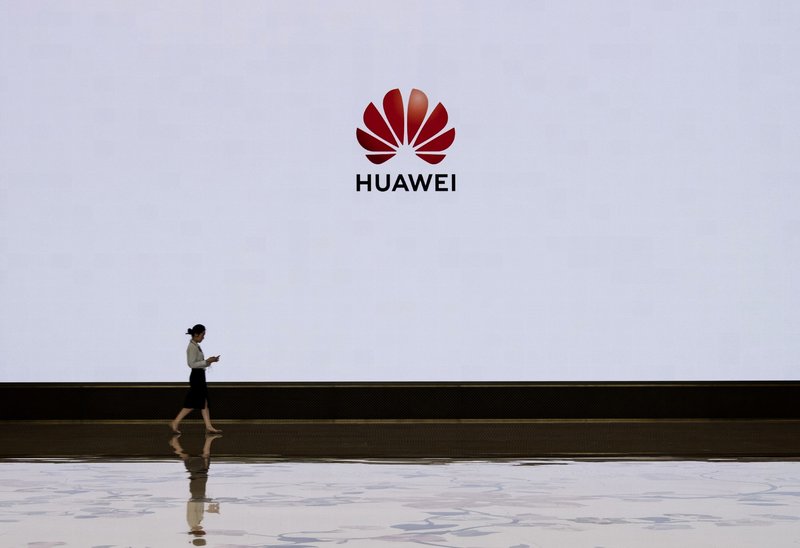At the current stage, Shenzen has more 5G base station than the entire Europe combined.Shenzhen announces citywide 5G coverage
Source: Xinhua| 2020-08-17 22:36:33|Editor: huaxiaSHENZHEN, Aug. 17 (Xinhua) -- Shenzhen Mayor Chen Rugui announced on Monday that the city has achieved full coverage of 5G independent networking.
Chen said at a press conference that the city has realized the goal set in 2019 of 45,000 5G base stations built by the end of August 2020 to support the establishment of the citywide 5G network.
Jia Xingdong, director of Shenzhen municipal bureau of industry and information technology, said the total number of 5G base stations in Shenzhen has exceeded 46,000, putting the city ahead of schedule.
The tech hub in south China's Guangdong Province is home to a bevy of Chinese startups and tech heavyweights, including Huawei and Tencent. Its GDP rose about 6.7 percent year on year in 2019, reaching more than 2.69 trillion yuan (387.6 billion U.S. dollars).
Jia said that, in the next step, the city will promote the development of 5G industries by making a number of breakthroughs in 5G technologies and building a comprehensive 5G application ecosystem.
Huawei Chairman: Global 5G users cross 100 million with focus now shifting towards industry applications
By Sean - Aug 17, 2020 Earlier today (17th August 2020), Guo Ping, Huawei Rotating Chairman said in a conference that the global 5G userbase has crossed 100 million users, with over 92 operators working to develop 5G commercial networks. With success on the commercial side, the focus is now expected to shift towards industrial applications.

Notably, the press conference commemorated Shenzhen becoming the first mainland city to be covered with the latest generation of telecom network. According to Guo Ping, there are three things to build a smart city. The first being city operation and management network that can”see, use, and think.” The senior official believes that the future would bring more sophisticated services through smart decisions being made by a command system. This system would provide real time feedback regarding the city’s data while utilizing 5G based smart connections.

Secondly, the network would also expand to include a data system that operates in offices, bureaus, industries, and other professional fields. In other words, bring data interconnection between different industries that can be operated and managed by one network. Lastly, a big role in the development of smart city’s would include AI integration. Artificial intelligence and its applications could help boost the capabilities of so various workplaces across different industries and bring a smart overhaul to the pre existing systems.